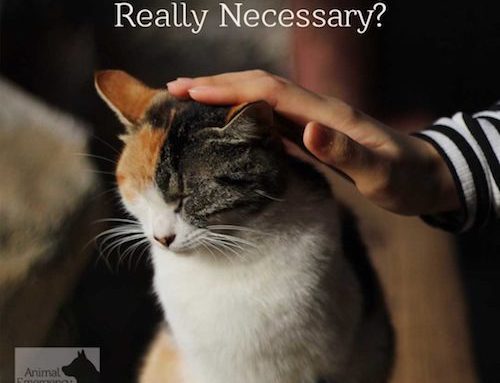The last several months have been difficult for most people in many different ways.
However, one small silver lining has been the amount of time we’ve been able to spend with our beloved pets. While the world has often felt like a scary, overwhelming place it’s been lovely to find calming moments of peace and companionship with our furry friends.
So, it’s probably fair to say that most of our pets have gotten used to having us around all the time. While the virus is still a major concern and health risk, many people are finding ways to get out of the house in safe ways.
As you venture out more, it’s important to be aware of the fact that this will be a big adjustment for your pets. So, take the time to learn about signs of separation anxiety and what you can do to help alleviate it.
Signs of Separation Anxiety in Pets
Pets are more perceptive than you think and their routines and feelings are very closely linked to your routines and feelings. So it’s no surprise that spending more time away from home will impact their lives. As you do, be sure to watch for some of these common signs of separation anxiety:
Dogs:
- More barking or howling than usual
- Lots of clawing or scratching, especially near doors and windows
- Destroying items around the house
- Urinating or defecating inside
- Digging
- Trying to get outside more than usual
- Pacing around
- Excessive drooling
- Defecating inside and consuming their excrement
- Extreme reactions when you leave or come home
Cats:
- Changes in eating habits – eating much more than usual or not at all
- More meowing, crying or moaning than usual
- Excessive grooming
- Urinating or defecating outside of the litter box
- Destroying items around the house
- Unusual excitement when you come home
- Trying to get outside more often than normal
- Vomiting up food or hairballs
You know your pet and what their normal behavior is like. One minor instance of one of these signs might not be something to worry about, but it’s helpful to pay attention to changes in their behavior.
How to Address Separation Anxiety in Pets
While there’s no one easy fix, there are several things you can do to try to ease your pet’s distress as they adjust to new routines.
Dogs:
- Experiment with crate training – be sure to do your research, limit crate time and constantly assess your dog’s response.
- Make sure they’re getting plenty of exercise.
- Use a Kong (or similar) toy to allow them to work for treats throughout the day.
- Make sure they have toys and comfy places to sleep.
- Don’t make a fuss when leaving the house – treat it as a normal routine.
- Prepare for your departure the night before to minimize the little actions that could trigger a stress response, such as packing your work bag. Leaving should be quick and uneventful.
- Try associating good things with your departure by giving your dog a treat or taking out a special toy before leaving.
- Gradually build up to longer stretches away from home if you know your schedule will be changing soon.
- Arrange for a dog walker or neighbor to come by while you’re gone to give your dog a walk and some affection.
- Leave the TV or radio on.
Cats:
- Leave the TV or radio on.
- Make departures uneventful (as described above).
- Make sure your cat has a special nook or space to retreat to.
- Leave a variety of toys out.
- Use toys that have hidden treats they have to work to access.
- Build up to longer absences by starting with shorter ones.
- Eliminate signs of departure as much as possible by preparing beforehand.
- Get in lots of buddles and play time once you get home.
- Set up a perch by a window so your cat can enjoy a view of the outdoors.
- Use a pheromone diffuser to help calm them.
If you previously spend all day away from home, then your pets will eventually grow accustomed to you being gone again. Just try to remember that there may be a tough adjustment period during which they require a bit more attention.







